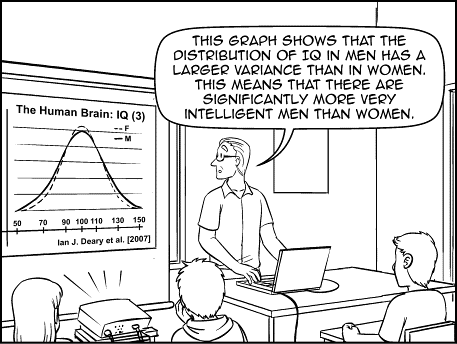Capitalism, in the sense of wealth creating wealth, wage labor, power derived from wealth, and trade, is a bronze age social technology. “Capital” literally means “head” in the sense of “head of cattle”. Originally, the amount of capital one had was the number of beasts in one’s herds. The biblical bronze age patriarchs were capitalists, in that their wealth was their herds, and their power derived from their wealth, their power was their employees. The actual figures on whom the biblical patriarchs are based are probably considerably less ancient than they are depicted in the bible as being but since Moses dates from the collapse of bronze age civilization and he, or the people who wrote him up, are very early iron age, his predecessors have to have been at least late bronze age, possibly earlier. The biblical patriarchs are depicted as fighting, and winning, battles with kings, which would suggest that they were figures of the very late bronze age, since chances are that nomads only gave kings a hard time during the decline and collapse of the bronze age civilizations. The size of states, and the size of armies, declined during the collapse of bronze age civilization, to the point where the sword of a single hero could make a big difference, only to rise again in the early iron age.
But, obviously there is something importantly different about today’s capitalism, something that changed around the time of the restoration.
The phrase “Industrial Capitalism” is misleading, for it was this new form of capitalism that created industry, not the other way around.
The big difference, the social technologies that caused the big difference, were double entry accounting, which made the joint stock corporation possible, made it possible to separate ownership of capital from enterepreneurship. Investors could put an entrepreneur in charge of their capital, and use double entry accounting to keep an eye on him. This is the foundation of western civilization, which began to soar when Charles the Second cut joint stock corporations loose from strong government oversight.
This means that owners of capital can employ people smarter than themselves to manage their capital, increasing the effective intelligence applied to production.
Which caused productivity to consistently and substantially rise faster than population, for the first time in history.
Double entry accounting is a critical part of this system. Unfortunately, double entry accounting has been profoundly disrupted in America by Sarbanes-Oxley, making it impossible to tell how a business is doing. This ham fisted government intervention was officially intended to prevent businesses from misleading investors and creditors, but instead it has made it mandatory to mislead investors and creditors. Sarbanes-Oxley consists of thousands of pages of law, each page of law giving birth to thousands of pages of regulation. It is of course impossible to comply with all this, for if one was to comply with any one page of Sarbanes-Oxley, it would put you out of compliance with hundreds other pages of Sarbanes-Oxley, so what the big firms do instead is hire accountants sufficiently well connected with the government, accountants on the revolving door between regulators and regulated, so that any figures the accountant conjures up will be deemed compliant with Sarbanes-Oxley.
The practical effect of this became apparent in the financial crisis, when it became obvious that many banks simply had not been keeping track of their finances, and had no idea what assets they owned, what financial obligations others had to them, and what financial obligations they had to others. Sarbanes-Oxley replaced the intentionally misleading figures of Enron with fog, with meaningless figures.
Which brings us back to the old system, where rich people cannot, and do not, entrust their wealth to smart people.




